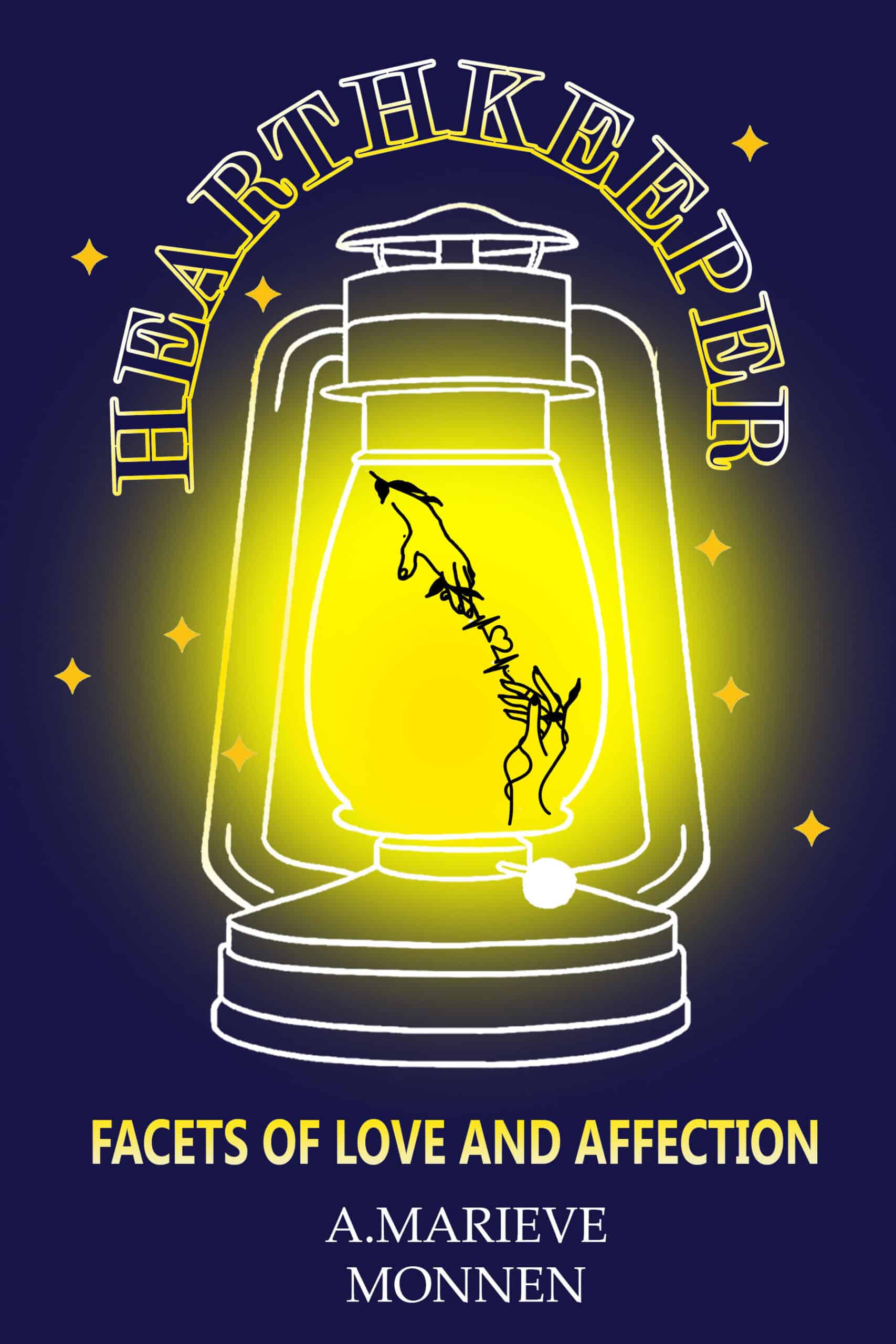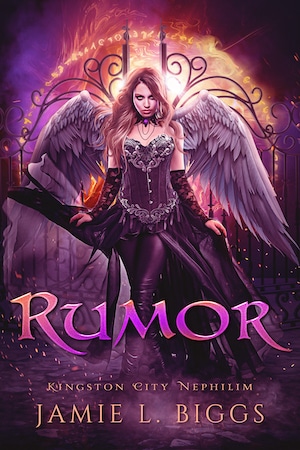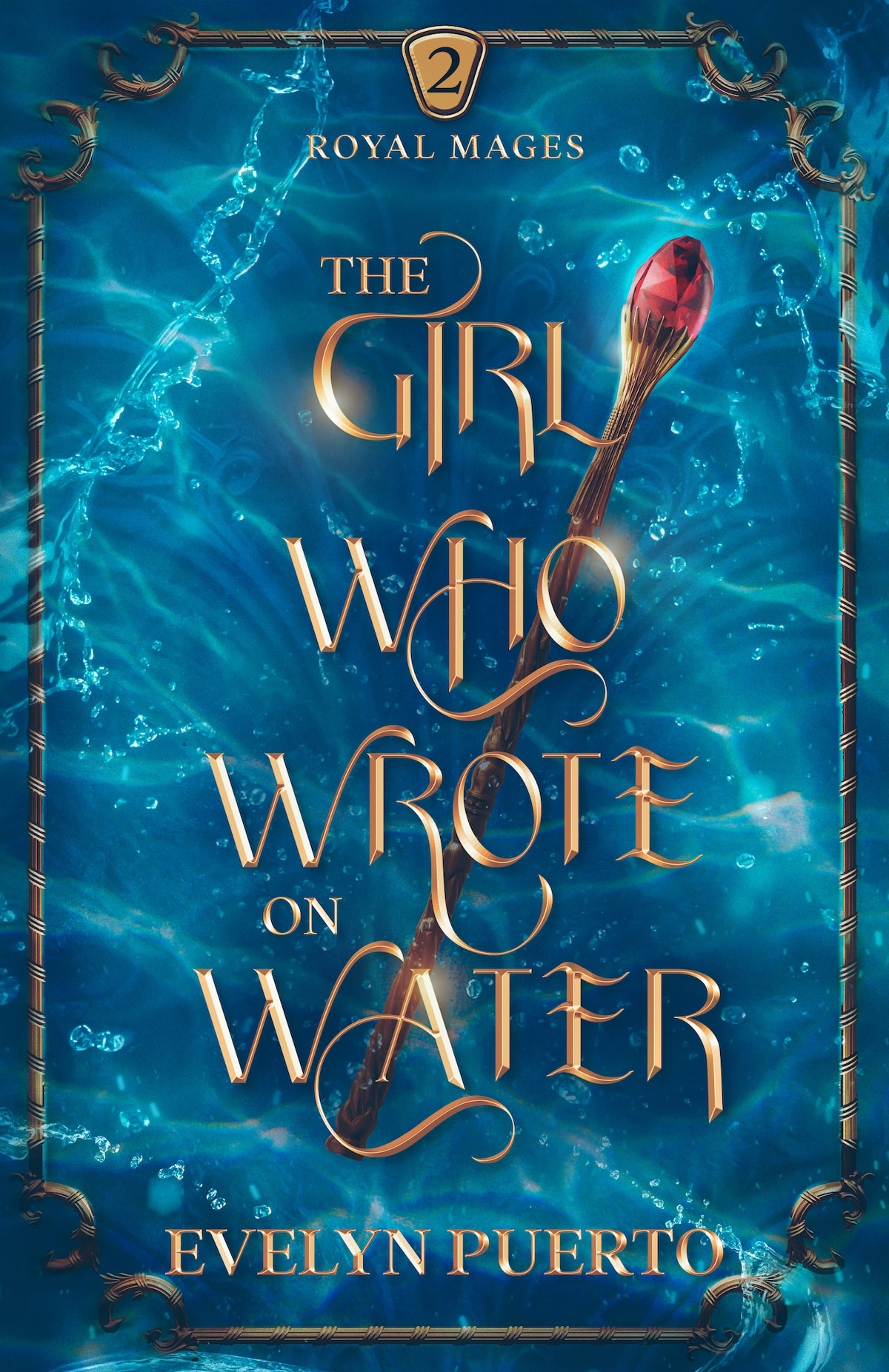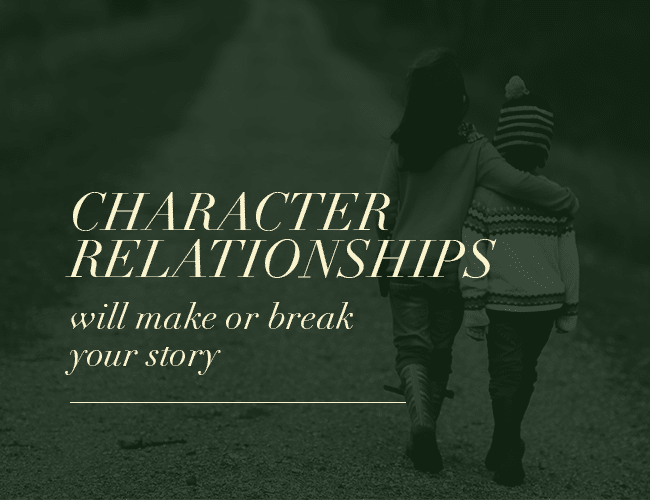
by Ruthanne Reid |
I want you to think back to your favorite book or television show. There may be many things that stood out to you about that story—the plot, the scenery, the outfits, the scope, or something else. There’s one aspect, however, that underpins all those things. One detail which, if missing, leaves your readers unable to really invest themselves in your story: relationships between characters.
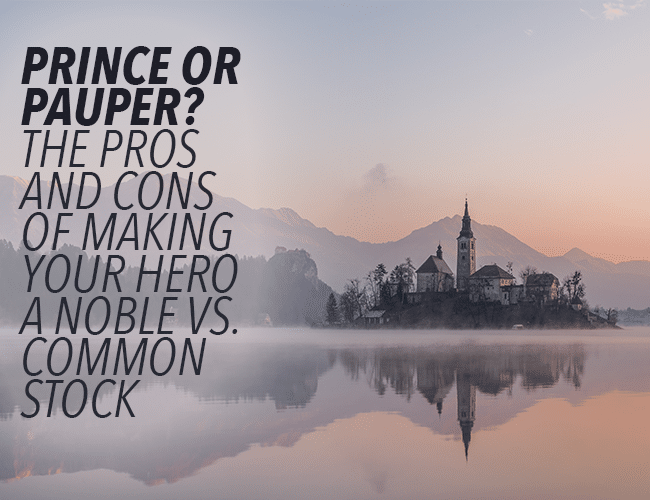
by Guest Blogger |
Every author has had to tackle following question at some point, whether it be Shakespeare or J.K. Rowling: Are the heroes of my tale going to be of common stock or noble heritage? Will I create a lower class or upper class character? It has been a heated topic of debate since long before the Brothers Grimm ever picked up a pen, and it’s a debate that continues on to this day.
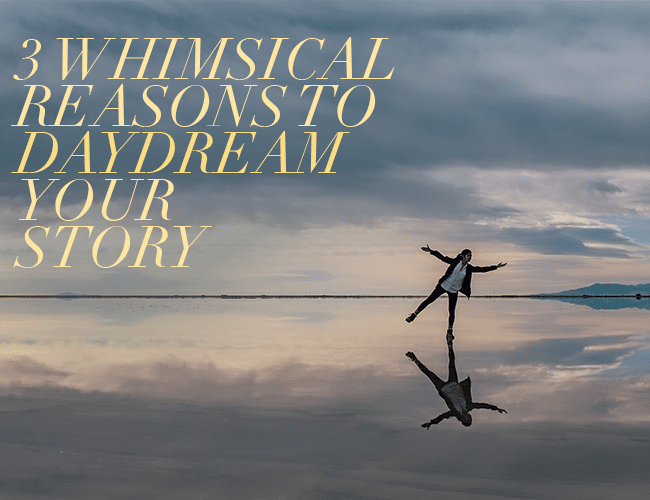
by Ruthanne Reid |
Daydreaming is one of your greatest writing tools. Mind you, some people call it visualization. Others call it imagination. I call it story-prep, and here and now, I am officially giving you permission to daydream.
Not convinced yet? Here are three reasons why daydreaming might just be one of the best things you do for your writing today.
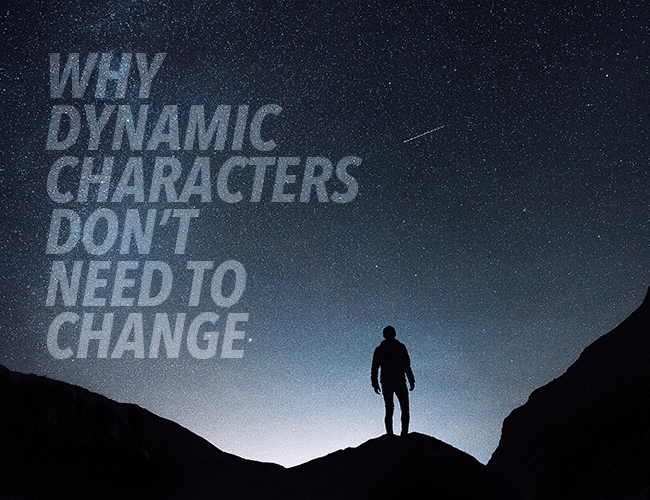
by Guest Blogger |
The most crushing piece of criticism authors can hear is that their main character is “flat” or “two-dimensional.” This is especially true for writers who have poured a lot of their personal experience into their protagonist’s journey. Conventional writing wisdom tells us that main characters need to be “dynamic” characters who evolve over the course of the story.
But what exactly does “dynamic” mean? If your protagonist doesn’t actually change all that much, does that make them flat and static? Are they, by default, a poorly written character?
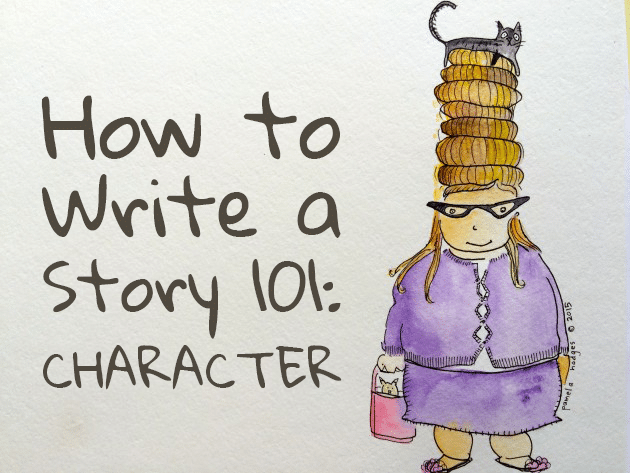
by Pamela Fernuik |
You are going to write a story. Yes, today is the day you are going to write a fiction story about someone. Your character and their development through the story is the heart of fiction.
Make your characters real, and your readers will care what happens to them because they can identify and sympathize with the character in a situation.
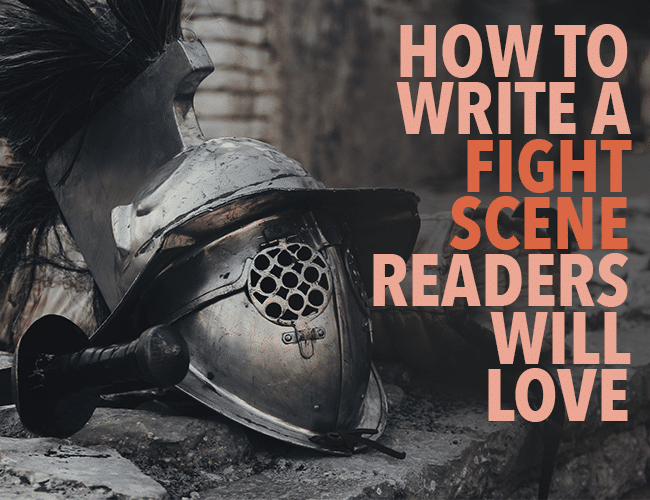
by Guest Blogger |
If your story involves one or more fight scenes, you have a great opportunity. You can thrill your audience, change the course of the plot, and reveal new depths to your characters . . . or you can bore your viewers to tears, and make them wish that the battle would please just end already.
I’m going to give you six tips for writing better fight scenes, so you can keep your audience on the edge of their seats while giving a whole new level of depth to your story and cast.






